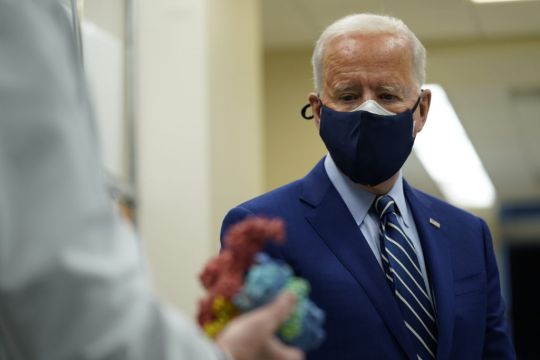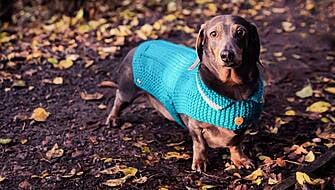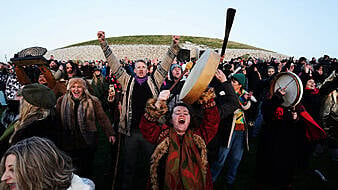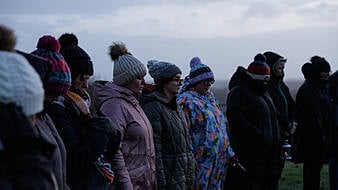Wearing a face mask has become part of daily life during the pandemic – but what about donning two?
Double masking is particularly popular in America – President Joe Biden and Vice President Kamala Harris have been seen wearing two masks at once – with the US Centres for Disease Control and Prevention (CDC) saying: “Wearing two masks can improve fit and give you better protection.”
#NEW: Wearing two masks can improve fit & give you better protection from #COVID19. Wear a disposable mask under a cloth mask. Learn more: https://t.co/rjQXPVTs5O. pic.twitter.com/VXIZQwUvGN
— CDC (@CDCgov) February 11, 2021
What is double masking?
‘Double masking’ refers to wearing two masks, one on top of another. However, you shouldn’t layer any type of mask – it should be a tightly fitting surgical mask followed by a cloth mask over the top.
What are the potential benefits?

For NHS consultant and co-founder of skindoc Dr Sreedhar Krishna, when it comes to the effectiveness of masks, “it all comes down to the fit”, which double masking could potentially help with.
“If you want to wear a surgical mask inside and a cloth mask outside to seal up the surgical mask’s fit, that seems very reasonable,” he says, but notes a single, well-fitting mask would also do the job.
When might you not want to double mask?
If you have a really tight and well fitting mask, “I would suggest it’s probably not a good idea to put a second mask on, because it will probably restrict airflow to the extent where even someone with normal respiratory capacity could end up with some difficulties,” says Krishna.
What do you need to wary of with double masking?
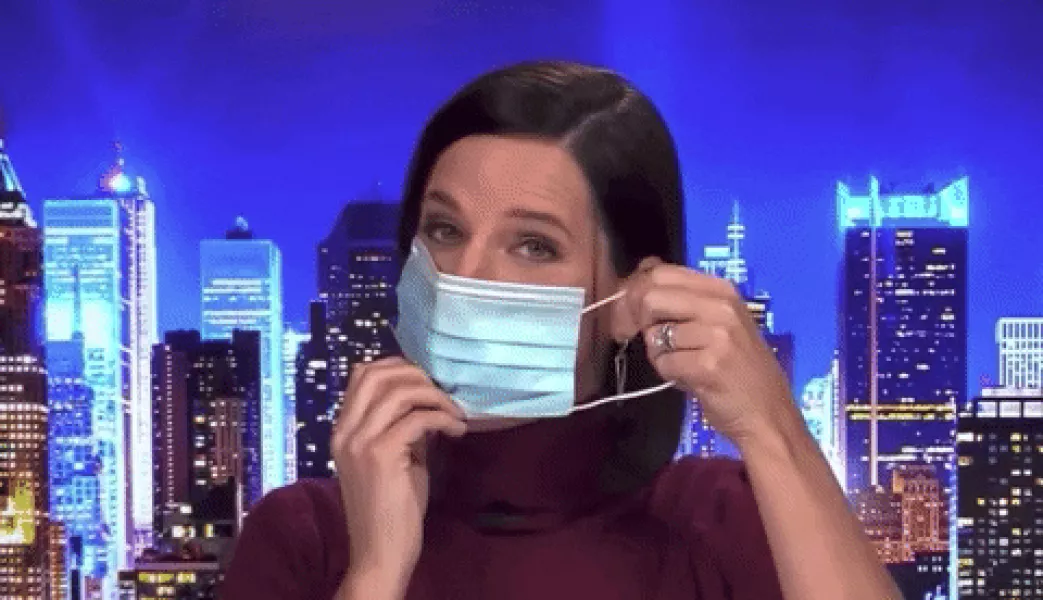
For Krishna, one problem is people thinking they’re “invincible” when double masking; it shouldn’t mean other precautions like social distancing, following lockdown measures and regular hand washing go out the window.
“In itself, it’s not a golden bullet, and I’d probably be a bit reticent because people may think they’re invincible if they’re wearing a double mask, which is definitely not the case,” he says.
He also warns against using the wrong types of masks. “If your internal mask is poorly fitted and you put something else up top – like two surgical masks one on top of another – you may actually be making things worse for yourself,” Krishna suggests.
What common mistakes are people making with masks?

Krishna calls ill-fitting masks a “big, big problem”. Whether you’re wearing one mask or two, Krishna says they need to be “encroaching on your nose” and “a little bit uncomfortable”.
If your mask isn’t tight, the doctor explains, “although you may be protected from droplet spread if somebody coughs in your face, if you’re in an infected environment with aerosol transmission, it could just slip in through the top of your mask very easily.” Not regularly washing reusable masks can also “create lots of difficulties”, he says, including skin issues such as acne.
“The best available scientific evidence is that, when used correctly, wearing a face covering may reduce the spread of coronavirus droplets in certain circumstances, helping to protect others,” notes official face covering guidance on gov.uk. “Because face coverings are mainly intended to protect others from coronavirus rather than the wearer, they are not a replacement for social distancing and regular hand washing.”
